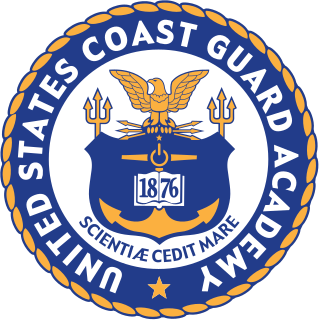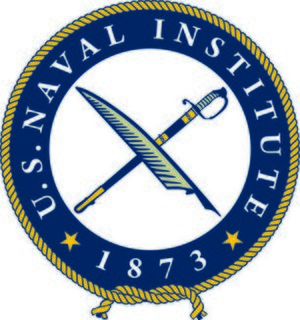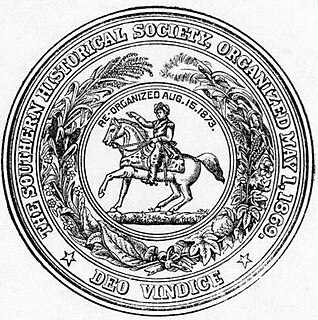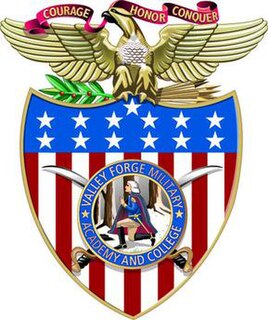Related Research Articles

The United States Coast Guard (USCG) is the maritime security, search and rescue, and law enforcement service branch of the United States Armed Forces and one of the country's eight uniformed services. The service is a maritime, military, multi-mission service unique among the United States military branches for having a maritime law enforcement mission with jurisdiction in both domestic and international waters and a federal regulatory agency mission as part of its duties. It is the largest and most powerful coast guard in the world, rivaling the capabilities and size of most navies.

The Ludlow Massacre was a mass killing perpetrated by anti-striker militia during the Colorado Coalfield War. Soldiers from the Colorado National Guard and private guards employed by Colorado Fuel and Iron Company (CF&I) attacked a tent colony of roughly 1,200 striking coal miners and their families in Ludlow, Colorado, on April 20, 1914. Approximately 21 people, including miners' wives and children, were killed. John D. Rockefeller Jr., a part-owner of CF&I who had recently appeared before a United States congressional hearing on the strikes, was widely blamed for having orchestrated the massacre.

The Confederate States Army, also called the Confederate Army or the Southern Army, was the military land force of the Confederate States of America during the American Civil War (1861–1865), fighting against the United States forces in order to win the independence of the Southern states and uphold the institution of slavery. On February 28, 1861, the Provisional Confederate Congress established a provisional volunteer army and gave control over military operations and authority for mustering state forces and volunteers to the newly chosen Confederate president, Jefferson Davis. Davis was a graduate of the U.S. Military Academy, and colonel of a volunteer regiment during the Mexican–American War. He had also been a United States senator from Mississippi and U.S. Secretary of War under President Franklin Pierce. On March 1, 1861, on behalf of the Confederate government, Davis assumed control of the military situation at Charleston, South Carolina, where South Carolina state militia besieged Fort Sumter in Charleston harbor, held by a small U.S. Army garrison. By March 1861, the Provisional Confederate Congress expanded the provisional forces and established a more permanent Confederate States Army.

The United States Coast Guard Academy (USCGA) is a service academy of the United States Coast Guard in New London, Connecticut. Founded in 1876, it is the smallest of the five U.S. service academies and provides education to future Coast Guard officers in one of nine major fields of study. Unlike the other service academies, the Coast Guard Academy does not require a congressional nomination for admission.

The American Historical Association (AHA) is the oldest professional association of historians in the United States and the largest such organization in the world. Founded in 1884, the AHA works to protect academic freedom, develop professional standards, and support scholarship and innovative teaching. It publishes The American Historical Review four times a year, with scholarly articles and book reviews. The AHA is the major organization for historians working in the United States, while the Organization of American Historians is the major organization for historians who study and teach about the United States.

The United States Naval Institute (USNI) is a private non-profit military association that offers independent, nonpartisan forums for debate of national security issues. In addition to publishing magazines and books, the Naval Institute holds several annual conferences. The Naval Institute is based in Annapolis, Maryland.

The Wide Awakes were a youth organization and later a paramilitary organization cultivated by the Republican Party during the 1860 presidential election in the United States. Using popular social events, an ethos of competitive fraternity, and even promotional comic books, the organization introduced many to political participation and proclaimed itself as the newfound voice of younger voters. The structured militant Wide Awakes appealed to a generation which had been profoundly shaken by the partisan instability in the 1850s, and offered young northerners a much-needed political identity.

The Southern Historical Society was an American organization founded to preserve archival materials related to the government of the Confederate States of America and to document the history of the Civil War. The society was organized on May 1, 1869, in New Orleans, Louisiana. The society published 52 volumes of its Southern Historical Society Papers which helped preserve valuable historical resources.

Valley Forge Military Academy and College (VFMAC) is a private boarding school and military junior college in Wayne, Pennsylvania. It follows in the traditional military school format with army traditions. Though military in tradition and form, the high school portion of VFMAC, Valley Forge Military Academy, is a college-preparatory boarding institution specializing in student leadership. VFMAC's administration is composed almost entirely of current or retired military, and the board of trustees is almost entirely alums. Some graduates pursue careers in the armed services, and VFMAC has graduated one Rhodes Scholarship recipient.

The United States Army Center of Military History (CMH) is a directorate within the United States Army Training and Doctrine Command. The Institute of Heraldry remains within the Office of the Administrative Assistant to the Secretary of the Army. The center is responsible for the appropriate use of history and military records throughout the United States Army. Traditionally, this mission has meant recording the official history of the army in both peace and war, while advising the army staff on historical matters. CMH is the flagship organization leading the Army Historical Program.
The Orphan Brigade was the nickname of the First Kentucky Brigade, a group of military units recruited from Kentucky to fight for the Confederate States of America during the American Civil War. The brigade was the largest Confederate unit to be recruited from Kentucky during the war. Its original commander was John C. Breckinridge, former United States Vice President and candidate for president, who was enormously popular with Kentuckians.

The Massachusetts National Guard is the National Guard component for the Commonwealth of Massachusetts. Founded as the Massachusetts Bay Colonial Militia on December 13, 1636, it contains the oldest units in the United States Army. What is today's Massachusetts National Guard evolved through many different forms. Originally founded as a defensive militia for Puritan colonists in the Massachusetts Bay Colony, the militia evolved into a highly organized and armed fighting force. The Massachusetts militia served as a central organ of the New England revolutionary fighting force during the early American Revolution and a major component in the Continental Army under George Washington.

The Commander-in-Chief's Guard, commonly known as Washington's Life Guard, was a unit of the Continental Army that protected General George Washington during the American Revolutionary War. Formed in 1776, the Guard was with Washington in all of his battles. It was disbanded in 1783 at the end of the war.
Hugh Charles McBarron Jr. (1902–1992) was an American commercial artist. Known for his wide body of work featuring the United States Armed Forces, he is considered by many to have been the "dean of military illustrators."
Civil Air Patrol (CAP) is a congressionally chartered, federally supported non-profit corporation that serves as the official civilian auxiliary of the United States Air Force (USAF). CAP is a volunteer organization with an aviation-minded membership that includes people from all backgrounds, lifestyles, and occupations. The program is established as an organization by Title 10 of the United States Code and its purposes defined by Title 36.

The Aztec Club of 1847 is a military society founded in 1847 by United States Army officers of the Mexican–American War. It exists as a hereditary organization including members who can trace a direct lineal connection to those originally eligible.

The Veteran Corps of Artillery of the State of New York (VCASNY) is an American historic militia organization founded at the end of the American Revolutionary War for the purpose of preventing another British invasion of New York City.

Frederick Henry Dyer served as a drummer boy in the Union Army during the American Civil War. After the war, he wrote A Compendium of the War of the Rebellion – a complete record of every regiment formed under the Union Army, their histories, and the battles they fought in – taking forty years to compile.
The Putnam Phalanx of Hartford, Connecticut, United States, was a quasi-military unit, originally organized as ceremonial honor guard in 1858, it functioned as a social club and was incorporated on March 9, 1877. The Putnam Phalanx was merged into the Connecticut National Guard in 1931, and by 2007 was "essentially defunct".
Samuel W. Mitcham Jr. is an American author and military historian who specializes in the German war effort during World War II and the Confederate war effort during the American Civil War. He is the author of more than 40 books and has collaborated with other historians such as Gene Mueller.
References
- ↑ "About". Company of Military Historians. Retrieved October 3, 2016.
- ↑ "New Historical Group". History News. American Association for State and Local History. 8 (7): 28. May 1953. JSTOR 42652584.
- ↑ "Fellows". Company of Military Historians. Retrieved October 3, 2016.
- ↑ "Frederic E. Ray, Jr". Who's Who of American Comic Books. Retrieved October 3, 2016.